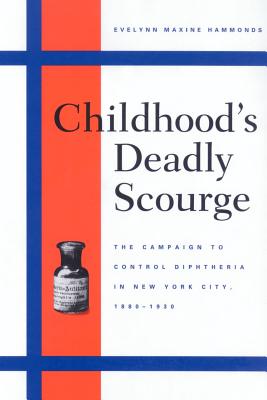Known as the "deadly scourge of childhood," diphtheria was a highly feared disease in the nineteenth and early twentieth centuries in the United States. In New York City alone, thousands of cases were reported each year, with large numbers of deaths. Physicians and public health experts viewed diphtheria as one of the most difficult to treat and control of all childhood diseases. In Childhood’s Deadly Scourge, Evelynn M. Hammonds describes how New York City became the first city in the United States to apply laboratory-based advances in bacteriology and immunology to the treatment and prevention of this deadly disease-the first such use of scientific medicine in a public health crisis in this country. Critical to the successful control of diphtheria, she argues, were unprecedented efforts to remove the stigma associated with the disease and provide access to treatment and preventive vaccines for the entire population at risk.
By 1930, the successful immunization of thousands of preschool- and school-aged children made evident for the first time the promise and force of the laboratory in infectious disease control. Today, as the threat of AIDS and other new diseases reopens the conflict between the protection of public health and the protection of civil liberties, Childhood’s Deadly Scourge reminds us that technical solutions for disease control have complex social implications.












